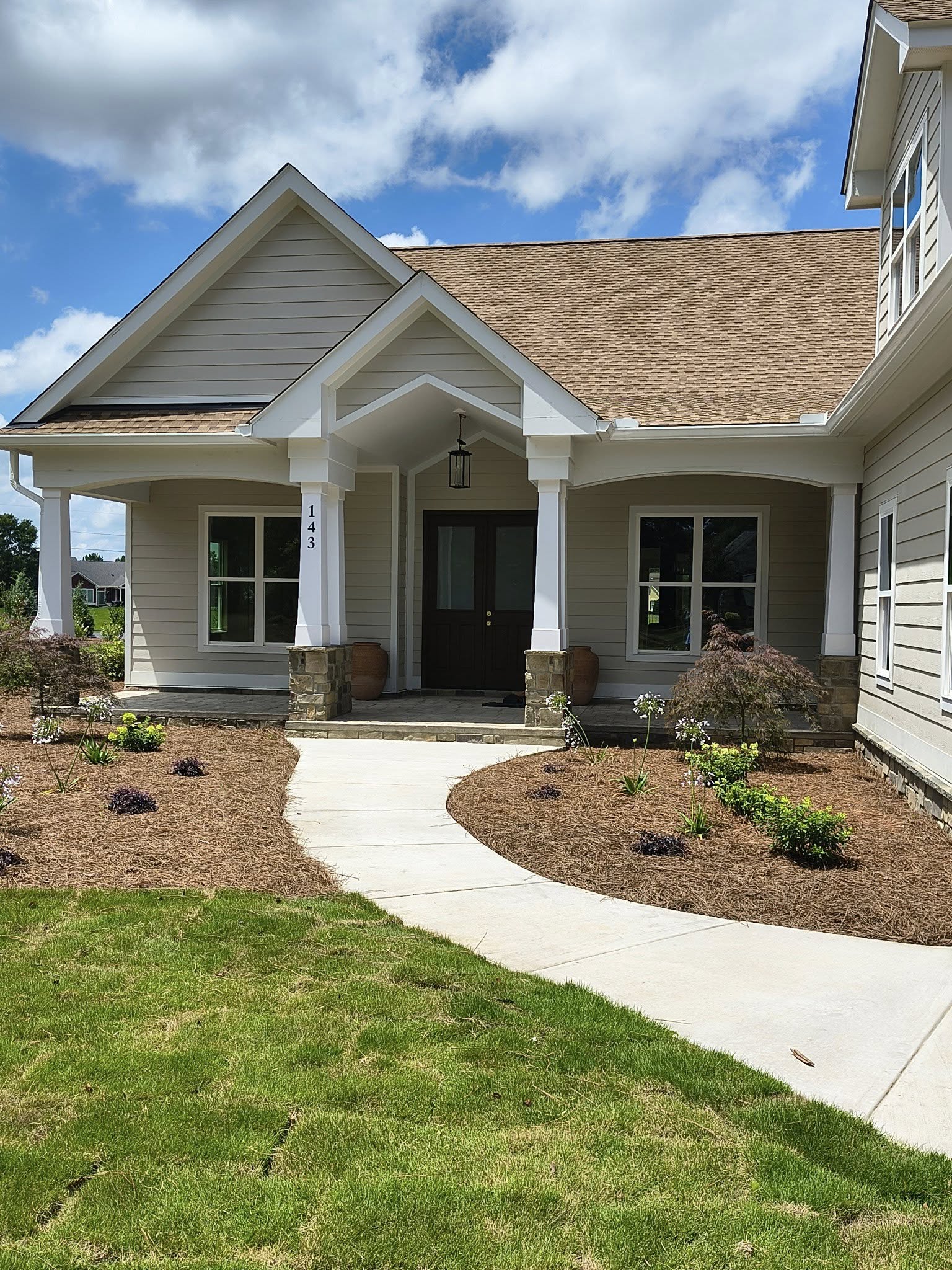
Innovative Material Selection in New Construction Projects Nov 14, 2025
The first key to understanding material innovation in construction is acknowledging the shift towards sustainability. Green building materials are no longer a niche; they are becoming a standard. Recycled steel, for example, is gaining popularity due to its strength and eco-friendly attributes. Using recycled metals helps reduce energy consumption during production, ultimately lowering a project's carbon footprint.
Bamboo is another sustainable option that is capturing attention in the construction industry. Known for its rapid growth and renewability, bamboo offers remarkable tensile strength, making it ideal for flooring, walls, and structural elements. Additionally, its natural resistance to pests and moisture makes it a durable choice for diverse environments.
Another groundbreaking material making waves in new construction is cross-laminated timber (CLT). This engineered wood product boasts a high strength-to-weight ratio, which makes it suitable for a variety of applications, from building envelopes to load-bearing structures. CLT not only reduces construction time due to its prefabricated nature but also enhances the aesthetic appeal of a project by offering a natural wood look.
Incorporating insulation into building design is crucial for maintaining energy efficiency, and aerogel insulation stands out as a cutting-edge solution. Known as one of the most effective thermal insulators, aerogel is a lightweight, porous material that provides superior insulation while also being water-resistant. Its high-performance characteristics make it ideal for use in both residential and commercial buildings aiming to achieve low energy consumption.
Smart materials such as photochromic and thermochromic materials are also becoming popular in modern construction. These materials are responsive to light and temperature changes, respectively, and can be used to create dynamic building facades that improve indoor comfort levels while reducing energy usage.
Additionally, the rise of 3D printing technology in construction offers unprecedented flexibility and efficiency in material selection. With the ability to print complex geometric structures using materials like concrete, plastics, and even metals, 3D printing reduces waste and labor costs, offering a glimpse into the future of construction.
For homeowners and developers, the challenge lies in aligning construction goals with available innovative materials. Initially, the upfront costs of these materials might appear daunting; however, their long-term benefits often outweigh these initial investments. Cost savings from reduced energy usage, less maintenance, and increased property values are significant incentives for choosing sustainable and innovative materials.
In conclusion, selecting the right materials for new construction projects is crucial for creating sustainable, efficient, and aesthetically appealing structures. Batchelor Construction is committed to staying at the forefront of these innovations to provide clients with cutting-edge solutions that meet and exceed their expectations. By prioritizing innovative material selection, construction projects can enhance their environmental performance and deliver extraordinary value to occupants and owners alike. Whether it’s incorporating smart building materials or embracing new construction technologies, the future of building is undoubtedly defined by innovation and sustainability.
/filters:no_upscale()/media/SKFITLMY4WH3PAOJP1KVI4AI1VJUOB338T72BNQ8.jpeg)